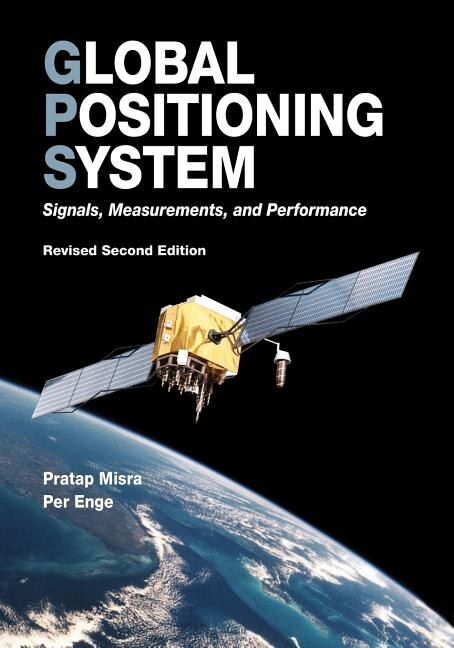Home
Analysis Of California Condor (gymnogyps Californianus) Use Of Six Management Units Using Location Data From Global Positioning System
Loading Inventory...
Indigo
Analysis Of California Condor (gymnogyps Californianus) Use Of Six Management Units Using Location Data From Global Positioning System
From Matthew Johnson
Current price: $20.99


Indigo
Analysis Of California Condor (gymnogyps Californianus) Use Of Six Management Units Using Location Data From Global Positioning System
From Matthew Johnson
Current price: $20.99
Loading Inventory...
Size: 0.16 x 9.69 x 0.34
*Product information may vary - to confirm product availability, pricing, shipping and return information please contact Indigo
This report provides an analysis of California Condor (Gymnogyps californianus) space use of six management units in southern California (Hopper Mountain and Bitter Creek National Wildlife Refuges, Wildlands Conservancy-Wind Wolves Preserve, Tejon Mountain Village Specific Plan, California Condor Study Area, and the Tejon Ranch excluding Tejon Mountain Village Specific Plan and California Condor Study Area). Space use was analyzed to address urgent management needs using location data from Global Positioning System transmitters. The U. S. Fish and Wildlife Service provided the U. S. Geological Survey with location data (2004-09) for California Condors from Global Positioning System transmitters and Geographic Information System data for the six management units in southern California. We calculated relative concentration of use estimates for each management unit for each California Condor (n = 21) on an annual basis (n = 39 annual home ranges) and evaluated resource selection for the population each year using the individual as our sampling unit. The most striking result from our analysis was the recolonization of the Tejon Mountain Village Specific Plan, California Condor Study Area, and Tejon Ranch management units during 2008. During 2004-07, the home range estimate for two (25 percent) California Condors overlapped the Tejon Mountain Village Specific Plan, California Condor Study Area, and Tejon Ranch management units (n = 8), and use within the annual home range generally was bimodal and was concentrated on the Bitter Creek and Hopper Mountain National Wildlife Refuges. However, 10 (77 percent) California Condor home ranges overlapped the Tejon Mountain Village Specific Plan, California Condor Study Area, and Tejon Ranch management units during 2008 (n = 13), and by 2009, the home range of every condor carrying a Global Positioning System transmitter (n = 14) overlapped these management units. Space use was multimodal within the home range during 2008-09 and was | Analysis Of California Condor (gymnogyps Californianus) Use Of Six Management Units Using Location Data From Global Positioning System














